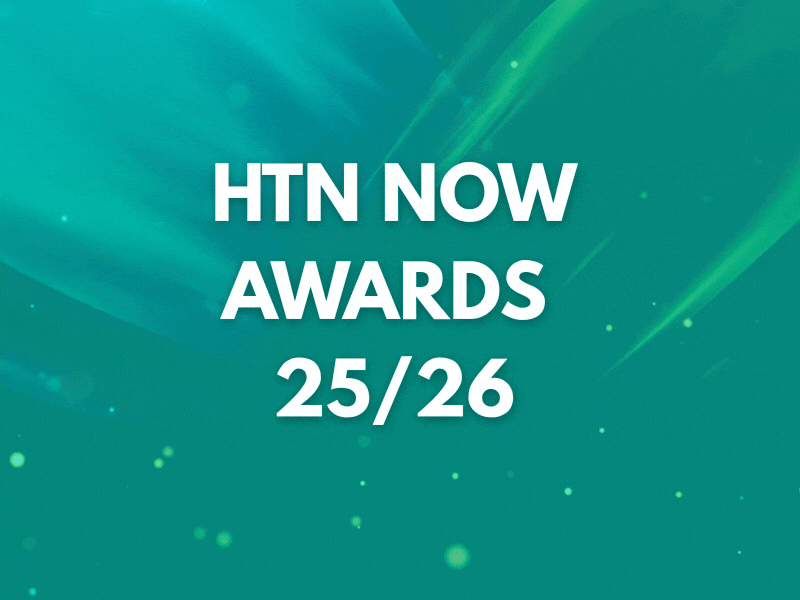Leeds Teaching Hospitals (LTH) NHS Trust has published its IT Strategy for 2024 – 2028, with digital emphasised as a key enabler for efficiency, service improvement and innovation, with a need to deliver a digital service offering tech that is secure and easy to use; and features up-to-date and accurate data managed within a “secure, governed framework”.
Additionally, the strategy highlights the trust’s plans to create a digital environment that supports colleagues in providing excellent clinical care; creates opportunities to maximise digital innovation; explores the value of partnerships and combined expertise; and champions “digital approaches” across Leeds Teaching Hospitals.
Innovation forms a central component of the strategy, with LTH’s digital team focusing on exploring “the art of the possible” for a digital hospital grounded in real user requirements; working with partners to stimulate health tech innovation; supporting a culture of innovation and collaboration; and engaging with national and regional initiatives, as well as industry partners, to support value-driven innovation. The drive towards innovation also sees LTH place focus on partnerships with academia to support research, and the embedding of improvement methodologies within digital services.
When it comes to processes within the trust, LTH pledges to create a digital service that is “responsive, flexible, reliable and offers value for money”. The service should be proactive in engaging with the workforce to identify and exploit digital opportunities; and should support clinical colleagues by ensuring access to health records, and encouraging involvement in the development of digital products and services.
For the workforce, the strategy notes the importance of developing a skilled and engaged digital team, as well as a digitally empowered workforce, supported by IT that is “reliable, safe and secure”, up-to-date and fit for purpose, regardless of location.
The strategy also highlights plans for the trust’s six clinical applications: eMeds, Enterprise Imaging, ICE, PAS, PPM+ and Telepath. The PPM+ EHR will continue to be “enhanced” to meet the needs of staff, partners, and integrated applications, the trust states, with options to extend for new services, or to purchase commercial products to integrate where cost or complexity makes this a challenge. In particular, LTH states that it will “seek to limit the number of applications in use across the trust, creating a more manageable, robust, cost-effective and resilient environment”.
Making data a strategic asset is central to delivering a “highly effective information service”, LTH notes, which will enable staff to explore and exploit data in their area of expertise, according to the strategy. To support this, the trust’s digital team commits to providing self-service tools that are “intuitive, easy to access and tailored to users’ information needs”, as well as to developing consistent data management principles, working with colleagues to improve data quality, and developing “strong diagnostic analysis, modelling and forecasting skills” to help exploit information assets.
To read Leeds Teaching Hospitals’ Digital IT strategy in full, please click here.
Digital and data at Leeds Teaching Hospitals
Earlier in the year we were joined by Sarah Hanbridge, CCIO for nursing, midwifery and allied health professionals at LTH, for a chat about the development of the trust’s clinical strategy and the creation of a benchmarking tool. Jessie Dhaliwal, a digital nurse at LTH, also joined us in March to share priorities including supporting a culture of innovation, developing digital advocates, and more. Additionally, Julia Lake, associate director for digital (data) at LTH, joined us for a HTN Now panel discussion on the topic of bringing data to life.
Spring saw us cover the announcement of the first phase of LTH’s Innovation Village initiative, a “cluster for science, innovation and technology” based at Leeds General Infirmary; and in June we explored results so far from LTH’s virtual wards programme.
Additionally, we reported on the formation of a new partnership for innovation between LTH and health tech startup Newton’s Tree which will see the startup’s enterprise AI platform deployed across the trust with the aim of supporting LTH to “rapidly scale” its ability to evaluate and implement artificial intelligence applications.
Digital in strategy from across the NHS
South East Coast Ambulance Service’s strategy to 2029 highlighted plans for a digitally-led service model, assisted by the use of AI in triaging patients, the use of digital solutions to support optimised ambulance deployment, and more.
Digital was also an integral part of Royal Cornwall Hospitals NHS Trust’s research and development strategy, running until 2028 and built around three key objectives: to undertake a journey of improvement including utilisation of digital healthcare tools and services, to ensure safe, high quality care, and to support and value the workforce.
The Queen Elizabeth Hospital King’s Lynn NHS Foundation Trust published its new strategy for 2024-2030, with digital and data highlighted as one of nine “essential focus areas”.
Northern Care Alliance NHS Foundation Trust (NCA) published its first digital strategy for 2024 – 2030, setting out plans up to 2030 for the future of digital within the organisation in areas in areas including self-care, remote monitoring and access to records, designed to help NCA “keep up with the ever-changing needs of patients and service users”.
And Guy’s and St Thomas’ NHS Foundation Trust’s new strategy sets out expectations around the potential offered by the next decade of digital advancements, with plans around EPR optimisation, attracting and funding healthcare innovation, and utilising artificial intelligence and and automation responsibly.






